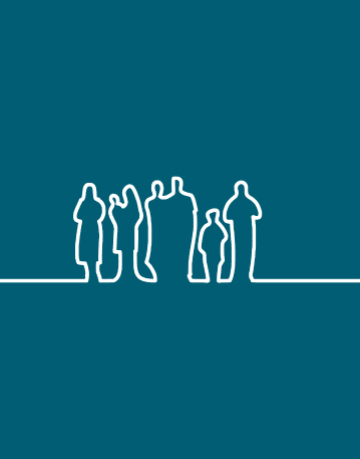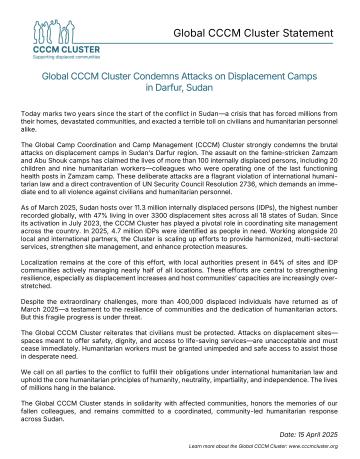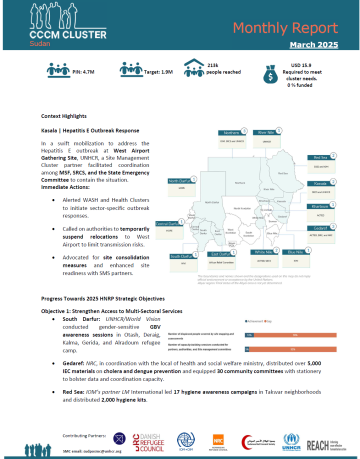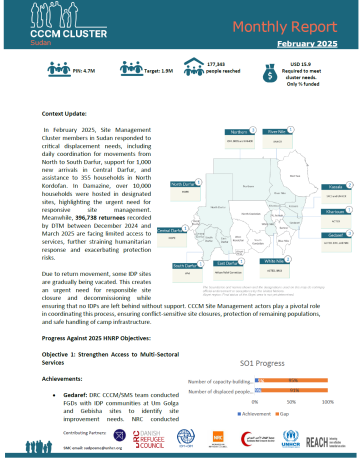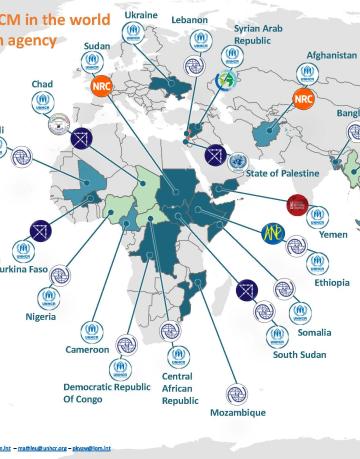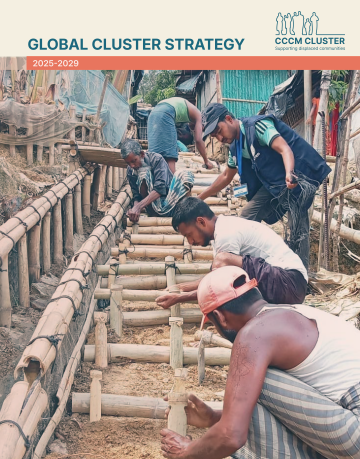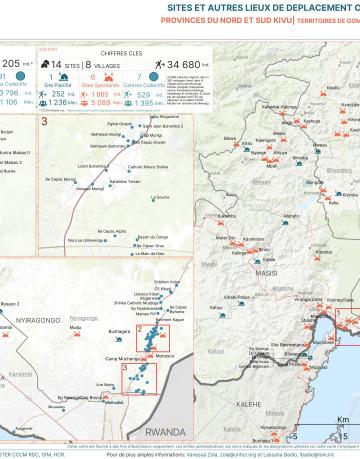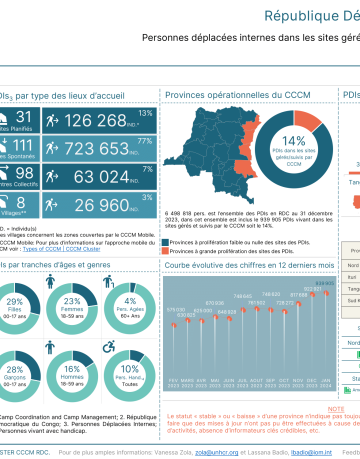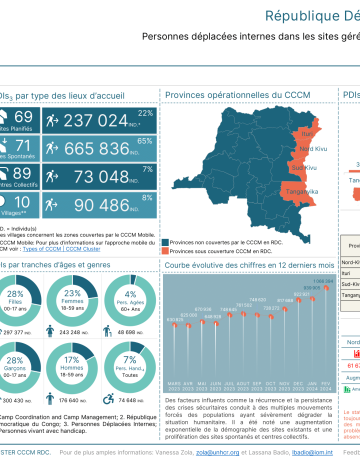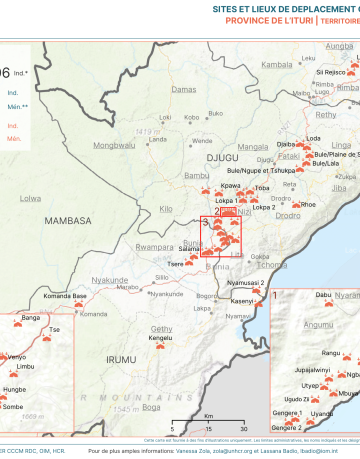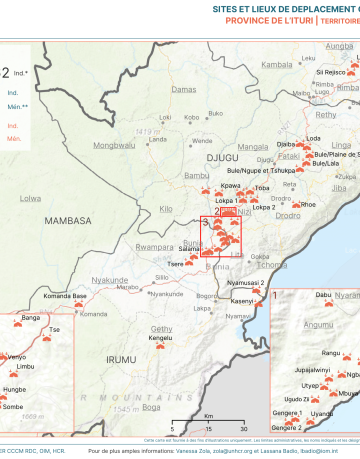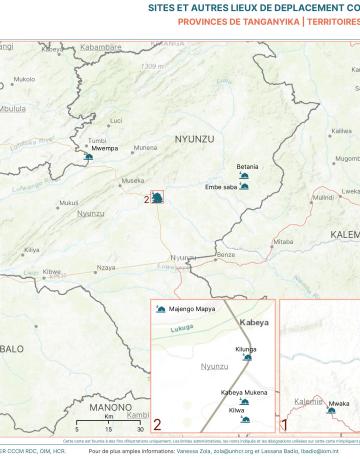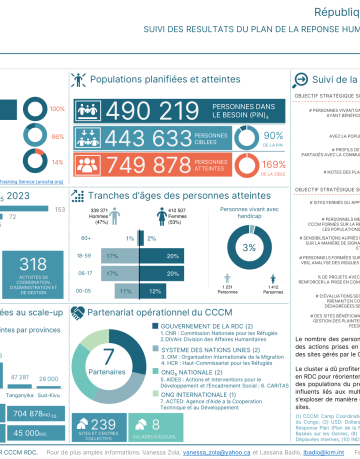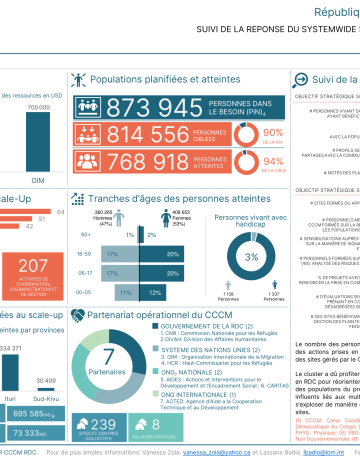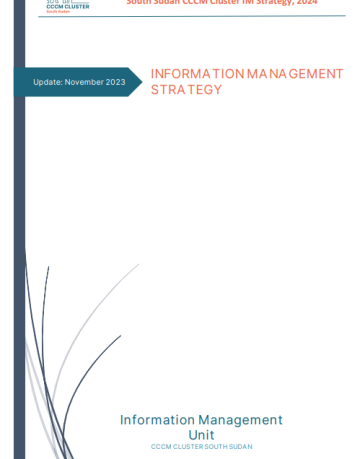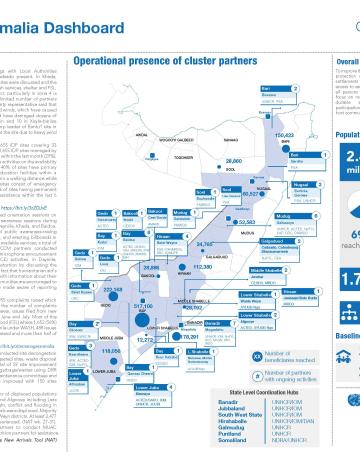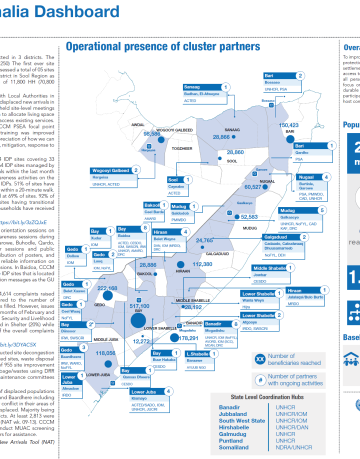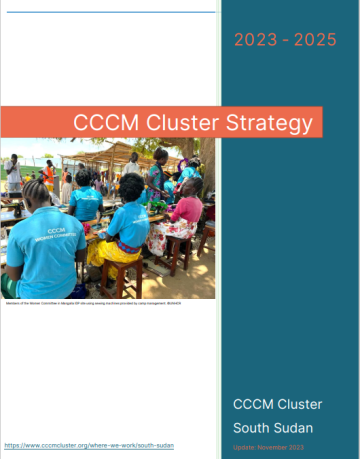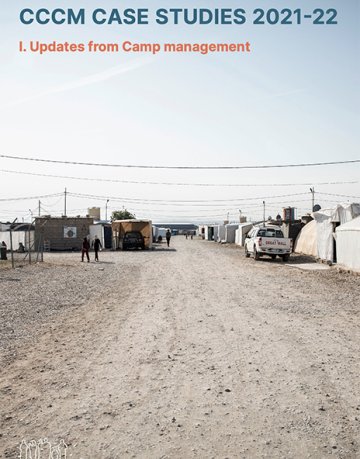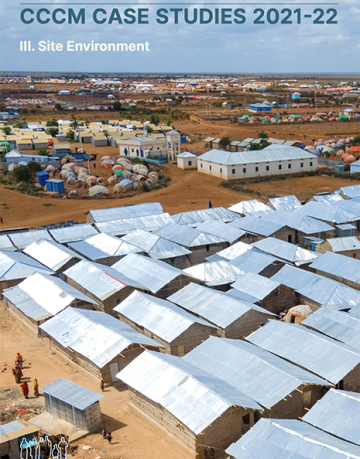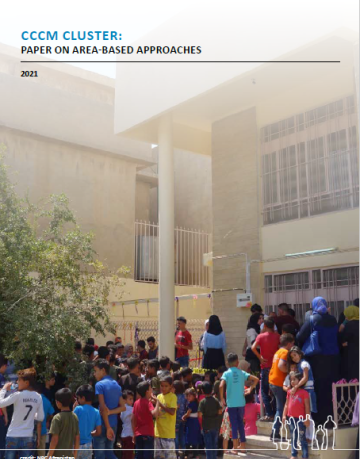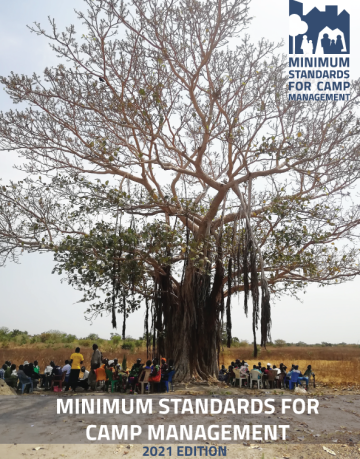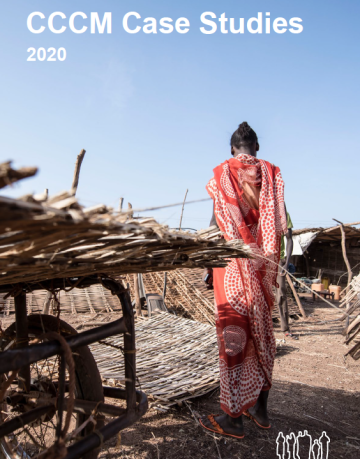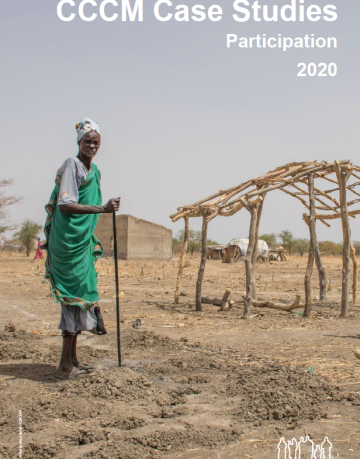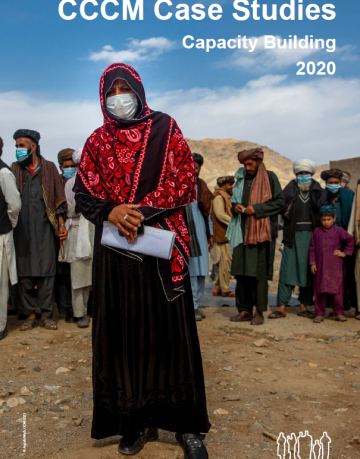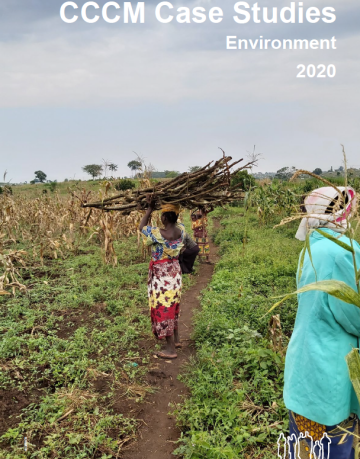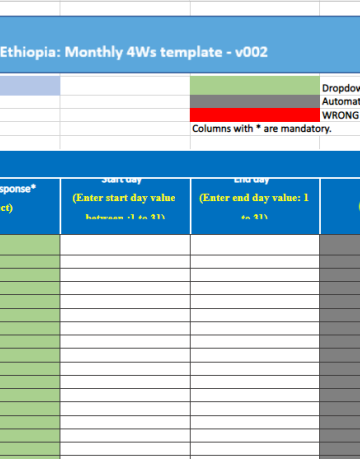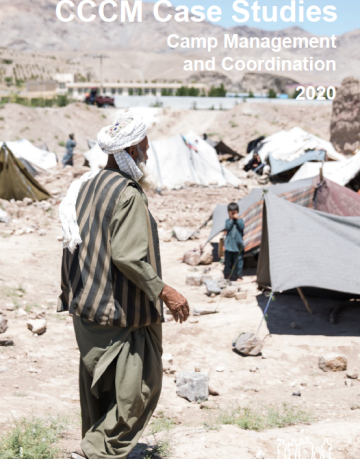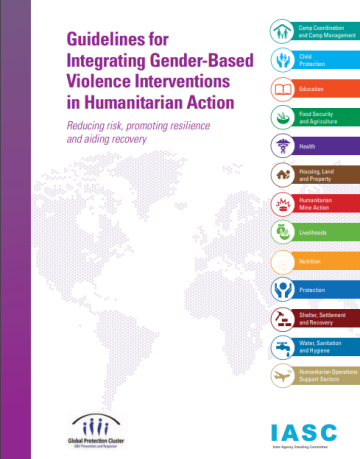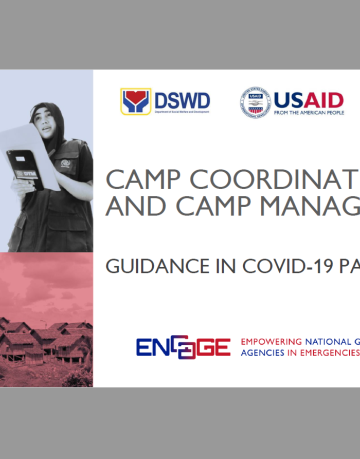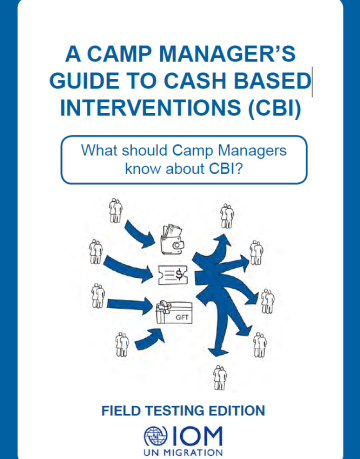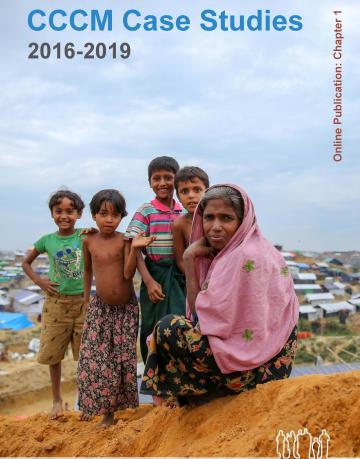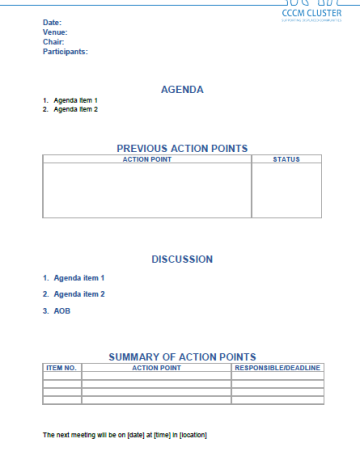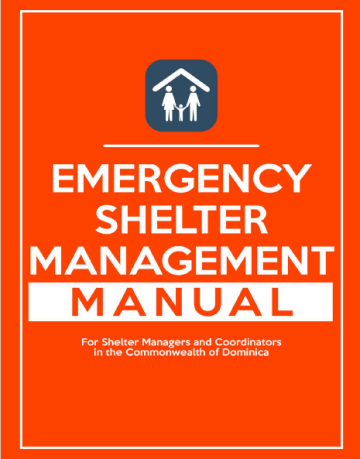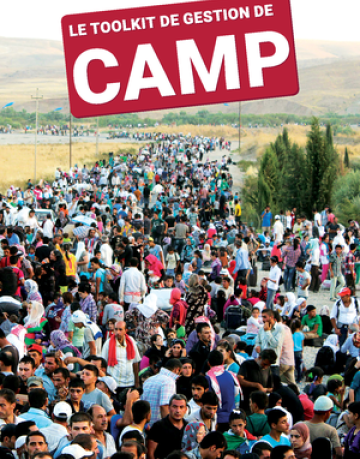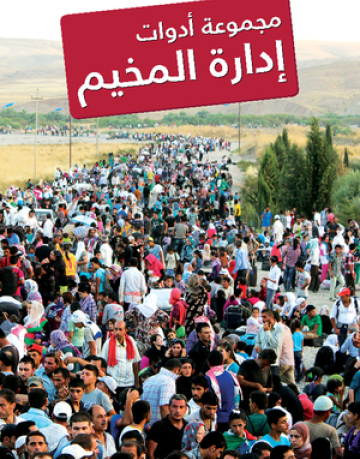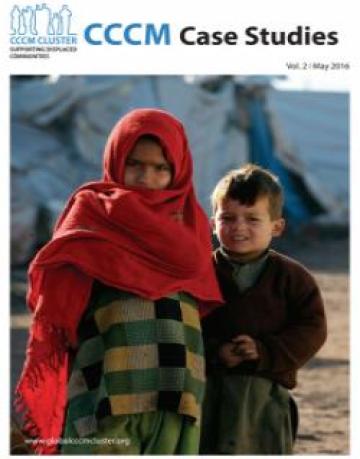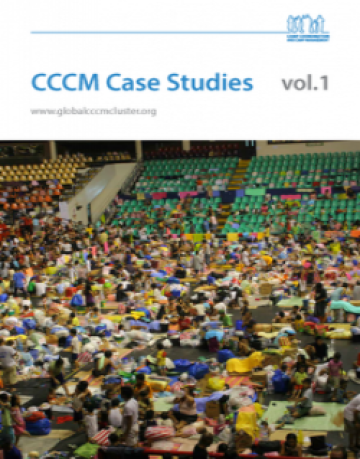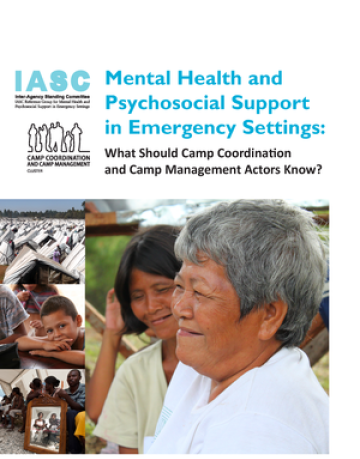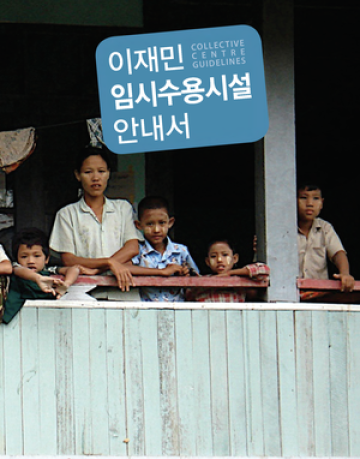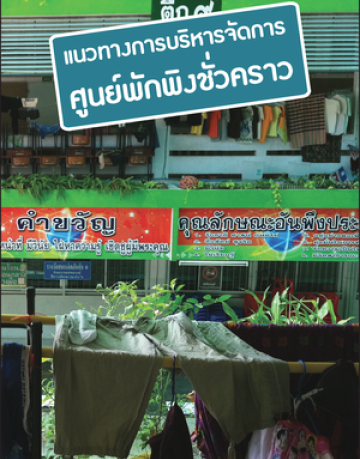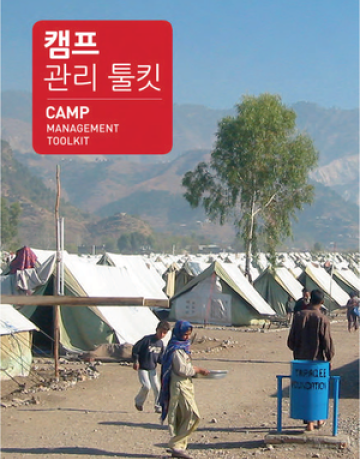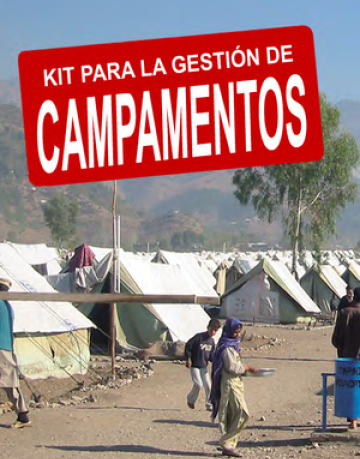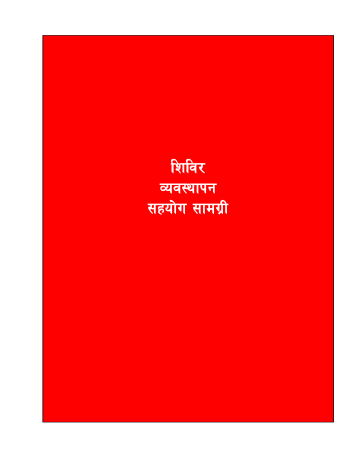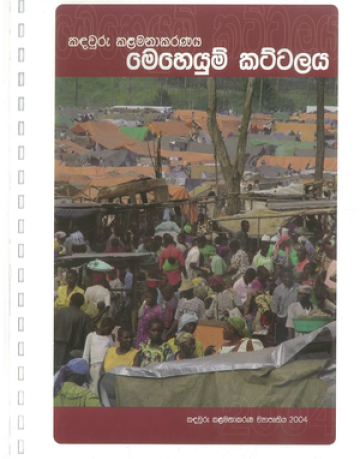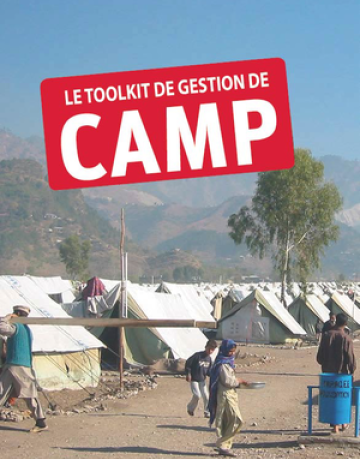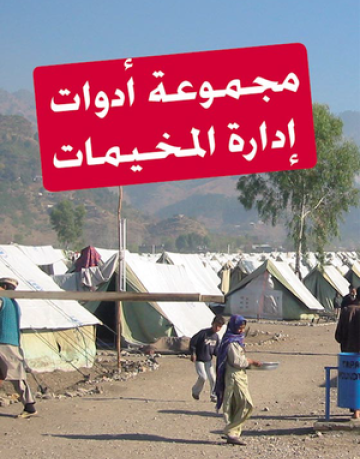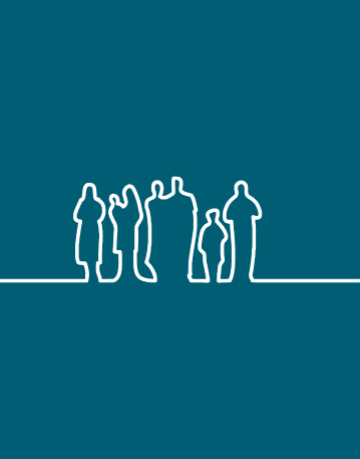
In June, the Site Management Cluster partners reached 226,172 IDPs, including 186,901 individuals through site mapping and assessments across more than 43 IDP sites. Partners conducted 7 awareness-raising sessions, established 9 Site Management Committees, facilitated 136 referrals, and supported 7 complaints and feedback mechanisms. Additionally, 3,250 IDPs received site maintenance support in-kind. However, of the 1.9 million people targeted nationally, only 479,463 individuals (25%) have been reached to date.
According to DTM mobility update 19 as of 25 June 2025, Sudan hosted 10,065,329 IDPs, of whom 7.66 million were newly displaced since 15 April 2023. The trend shows a 13% reduction from January figures, largely due to returns in Khartoum, Sennar, and Aj Jazirah.
Darfur remains the epicenter of displacement, with North and South Darfur each hosting 18% of the caseload, and Central Darfur holding 10%. Together, they account for nearly half of all IDPs in Sudan.
Notable declines in IDP presence were recorded in Kassala (-30%), Gedaref (-11%), and White Nile (-4%), possibly reflecting spontaneous returns or secondary movements.
Flood-related displacement surged in Gedaref, Blue Nile, and White Nile, increasing informal site formations and exposing IDPs to heightened risks from poor site conditions.
IDPs remain largely reliant on inadequate shelter arrangements: 47% with host families, 22% in open/informal areas, and 17% in camps. For example, North Darfur has 46% of IDPs in gathering sites, pointing to severe Site Management needs.
Children represent 53% of the displaced population, with girls under 18 making up 29%, flagging urgent needs for age- and gender-sensitive site protection in displacement hotspots like Central Darfur, Blue Nile, and Red Sea.
- In White Nile, non-Sudanese IDPs—primarily South Sudanese nationals—constitute 16% of the displaced population, emphasising the need for a Site Management approach that integrates mixed forced displacement considerations


